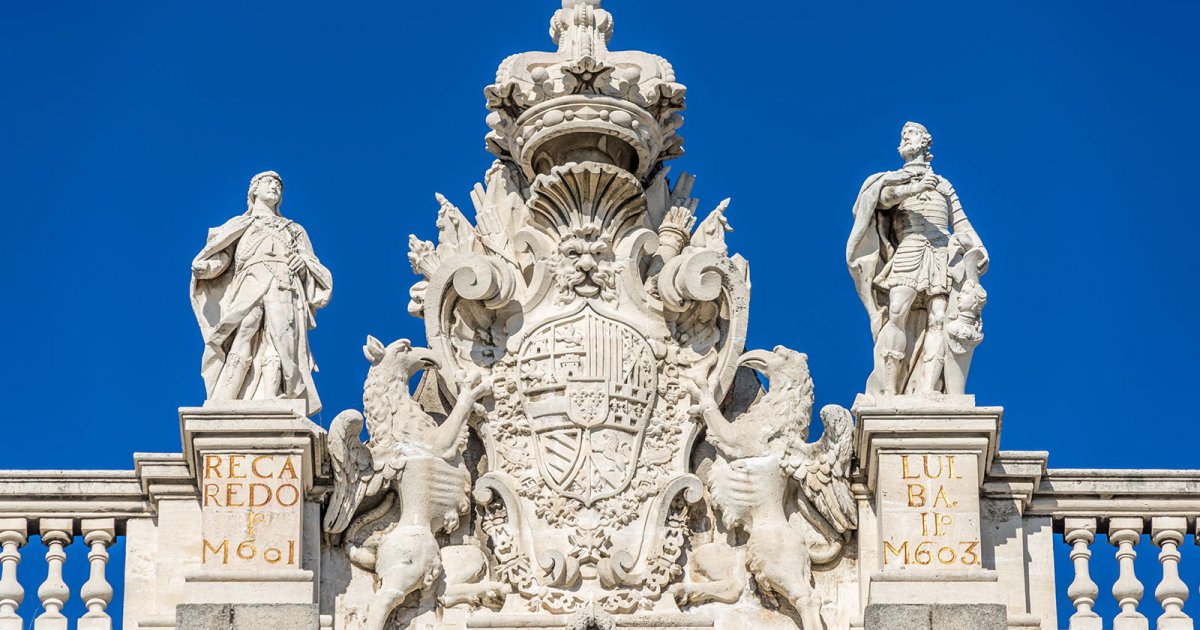ROYAL PALACE, Armory
 Language: English / USA
Language: English / USA
You can consider the Armory as part of your tour of the Royal Palace, as it occupies a side wing, even if the entrance is in the square in front of the palace.
Don't imagine a dusty museum full of military memorabilia: a good part of the weapons collected here are extraordinary works of art, such as highly prestigious pieces built during the sixteenth century by the master armorers of Milan.
Here you can admire one of the oldest, richest, and most complete collections of bladed weapons and firearms in the world. The collection's origins date back to Charles V, who laid down precise conditions in his will for the conservation of his weapons and armor after his death in 1558.
You'll definitely like the complete reconstruction of infantry and knights' armor, but if you go through the museum attentively you'll discover the evolution of weapons over the centuries. The richest section is from the end of the 1400s, which is the time when the "Catholic Kings" Ferdinand and Isabella (Charles V's grandparents) defeated the "Moors" who ruled the Arab kingdom of Granada in Andalusia, in the south of Spain. Here you can directly compare the weapons of the Christians and the Muslims.
Even the sixteenth century section dedicated to Charles V and his son Philip II is full of interesting things. One example is the armor Charles V wore at the Battle of Mühlberg in 1547, which you may have already seen quite accurately depicted in Titian's famous portrait in the Prado Museum. Here you can note how armor, the essential tool for self-defense, slowly became an artistic object made with refined goldsmith techniques, mainly by Italian and German specialists. Some of the other more fascinating pieces include the the curtain of French King Francis I from his defeat by the Spanish army at the Battle of Pavia, the clothes of the Turkish Admiral Ali Pasha, who fell in the Battle of Lepanto, and the battle weapons of a Japanese gentleman that were donated to King Philip II at the end of the 1500s.
FUN FACT: if you visit the Royal Palace on the first Wednesday of the month, you can watch the colorful Changing of the Guard. It begins with the musical band playing famous songs, then for about an hour you can watch a parade of lancers, pikemen, riflemen, artillery pieces, and ammunition wagons. In total, 400 people and 100 horses, all wearing the era's uniforms!
And with this we have finished our tour of the Royal Palace in Madrid. MyWoWo thanks you for staying with us, and will see you at the next Wonder of the World!



